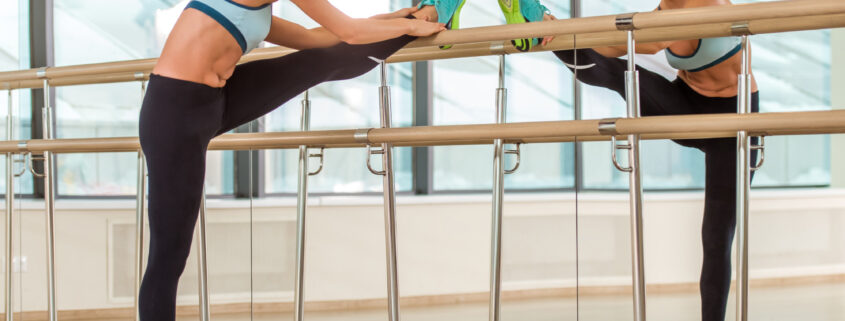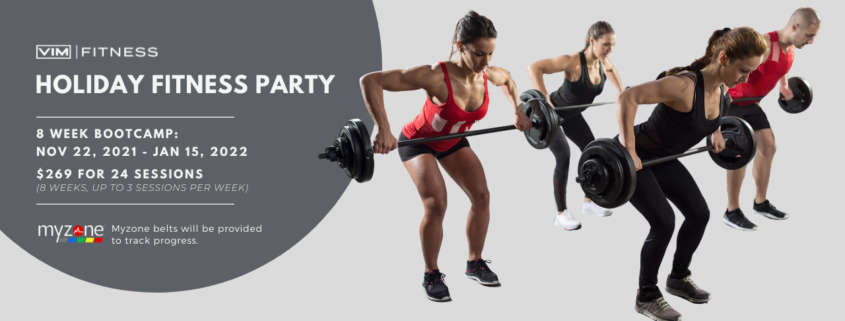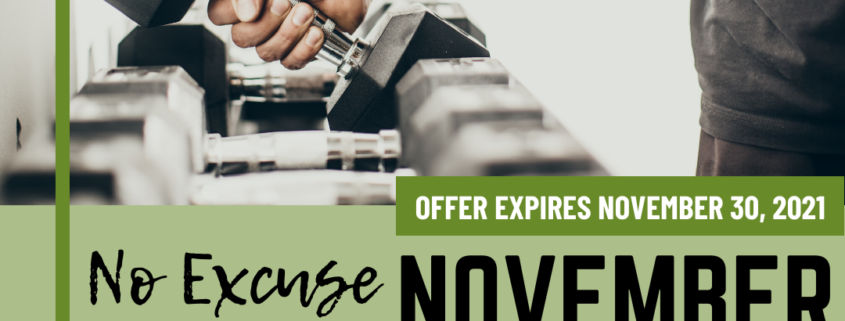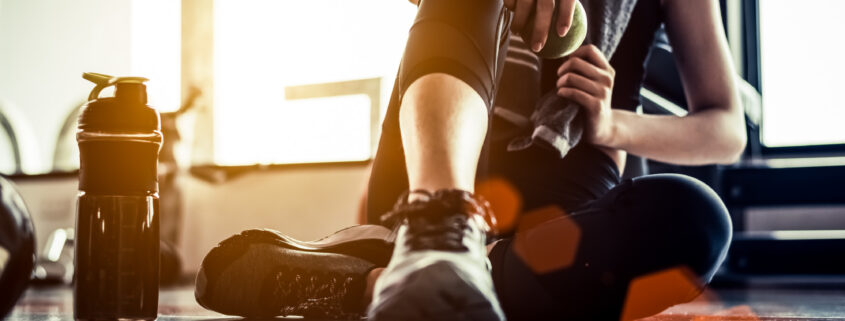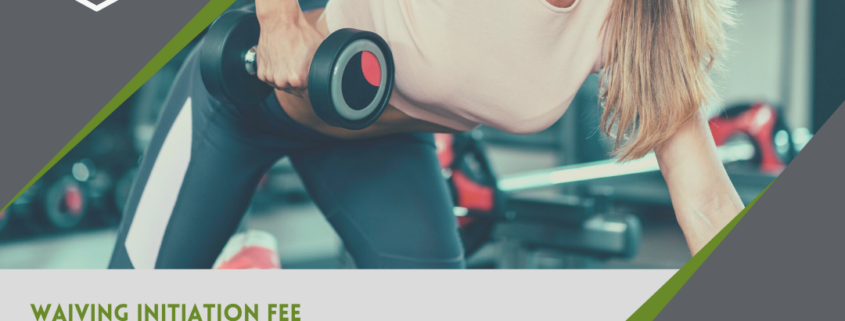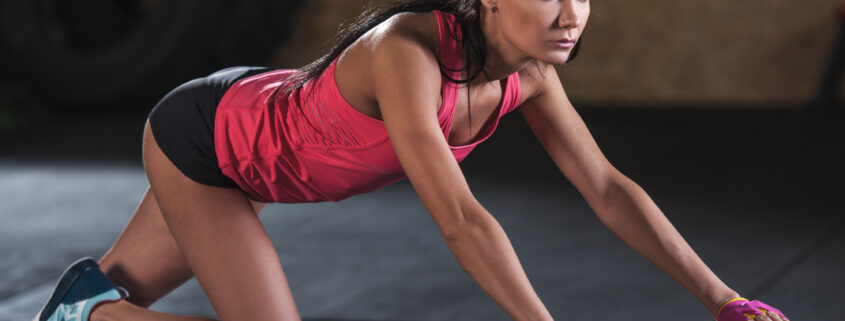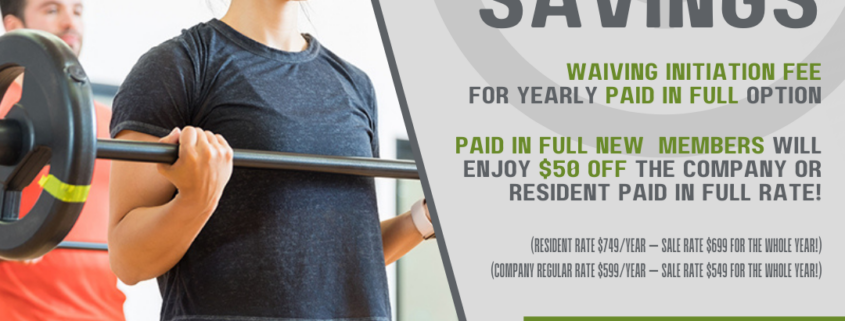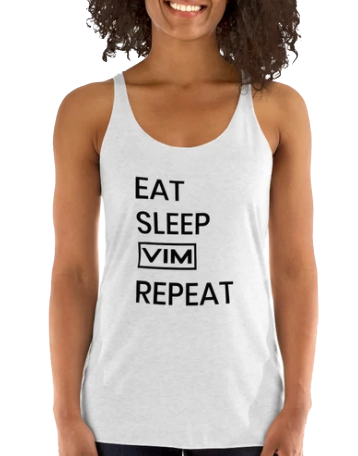Are you planning on setting a fitness-related resolution this year? You’re not alone. In fact, about 95% of New Year’s resolutions are fitness-related.
Only 10% of people think their resolutions will last, though. In fact, about 43% of people give up their New Year’s resolutions by February.
Instead of giving up on your resolutions in 2022, consider trying something new! For example, you can give Barre Fusion classes a try this year.
What exactly is Barre Fusion? How can it help you accomplish your fitness goals? Keep reading to find out!
After reading this guide, you can determine if this is the fitness class for you. Then, you can set a new resolution to work up a sweat! Read on to learn everything you need to know about Barre group classes today.
What is Barre?
First, let’s answer the question that likely brought you here: what is Barre Fusion?
These low-impact strength workouts can boost your:
- Muscle tone
- Posture
- Flexibility
When you look good, you’ll feel good, too! Taking these group glasses could boost your overall wellness and self-confidence as a result.
Barre uses a combination of dance, ballet, functional strength, and mind-body-inspired movements. The exercises require concentration and precision to ensure you experience optimal results. During a class, you can modify each movement to suit your strength or skill levels.
You can find group classes for different expertise levels, too.
A typical class is completed at the ballet barre. Exercises can get your heart pumping to boost your cardiovascular strength. At the same time, you’ll sculpt, tone, and lengthen your muscles.
Before signing up for a course, consider your specific fitness goals. Barre is ideal if you want to improve your flexibility, strength, and posture.
If you already focus on strength training, a class could help you strengthen and lengthen those muscles.
Barre will also help improve your mobility and core strength. Though it’s a low-impact class, it’s also fast-paced. It’s ideal for all ages and fitness levels.
Though Barre is ballet-inspired, you won’t need to have experience as a ballerina to perform these exercises. Barre is safe, fun, and effective as well.
Some classes involve mat-based warm-ups and core-focused sessions as well. You’ll complete lower body isometric exercises at the bar, too.
Repeating the same small movements over time will help you build your endurance. You can strengthen muscles without the risk of ligament or tendon strains.
What Are the Benefits?
Remember, Barre Fusion classes can help sculpt, tone, and lengthen your muscles. It can also get your heart pumping to improve your cardiovascular strength. Other benefits include:
- Improving your fitness level
- Improving your posture
- Burning calories
- Reducing stress levels
- Improving your flexibility
Flexibility can decrease as you get older. These classes could help.
In some classes, you’ll use a barre and your body weight for each rep. These exercises will help improve your muscle endurance.
Other exercises incorporate additional tools, including:
- Sliders
- Ankle weights
- Free weights
- Resistance bands
- Exercise balls
Workouts are broken into different sections, allowing you to focus on different major muscle groups. These group classes can strengthen your arms, glutes, legs, and core.
The muscles within these core groups are fatigued through small, targeted movements. A higher number of repetitions with light resistance can strengthen each area.
Despite the lighter weights, you will feel your muscles burning after a session.
Parts of each class are also paired with stretching. These stretches can further improve your overall strength.
If you’re searching for group classes that can improve your flexibility, consider giving Barre Fusion a try.
Most classes keep the movements slow and steady. However, there are different types of “fusion” sessions available. Each group class can accomplish different goals.
For example, some classes combine traditional barre moves with interval training. You could boost your heart rate to get in a cardio session.
Some classes incorporate weights and resistance tools. These group classes are ideal for improving your overall strength.
You’ll also improve your endurance, balance, range of motion, and posture. In fact, these classes can even support weight management. You can sculpt a stronger, more defined core at the same time, too!
Tips Before Class
Barre classes are beginner-friendly. They’re also easily adaptable for different skill sets and ability levels. However, it’s important to note that classes move quickly.
Some first-timers also find sessions challenging.
With that in mind, consider talking to an instructor before class. They could provide you with helpful tips before your first Barre session.
You’ll likely use muscles you never knew you had, too! Don’t worry; you should get the hang of it after three or four classes. Stick with it.
You’ll likely experience results in eight to 10 sessions.
Don’t feel intimidated when trying Barre for the first time. As with any group class, it requires a high level of physical fitness. Stick with it to watch your performance improve over time.
Consider wearing leggings or capris that you’re comfortable in. Pair it with a workout tank or T-shirt. Wearing close-fitting clothing will help your instructor get a better view of your form.
They’ll help by offering advice, allowing you to make the necessary adjustments.
Consider sticky socks to avoid sliding during group classes, too.
Talk to an instructor about the lingo you might hear during a session as well. For example, they might say, “Tuck your tailbone.” If you hear that phrase, draw your abs inward.
Then, roll your hips under slightly, creating a neutral spine. This position can help engage your core.
You might hear “pulse,” too. This phrase means you should move about an inch up and down. These small, controlled movements will ensure your range of motion is more precise.
You’ll have an easier time contracting targeted muscles as a result.
What is Barre Fusion?: Your Guide to Toning Up
To recap, what is Barre Fusion? It’s a fun, low-impact fitness class you can use to tone your body. With multiple sessions, your flexibility, posture, and muscle strength will improve, too.
Consider giving Barre a chance as you set your fitness goals for the year!
Want to give it a try? You’ve come to the right place.
Explore our class schedule today to get started.

